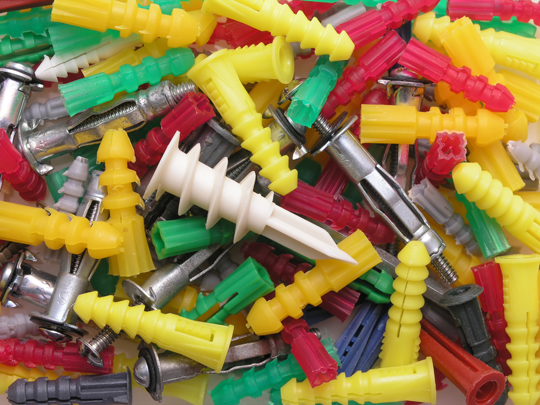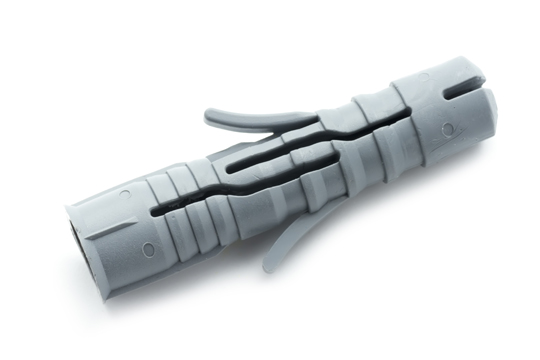With so many helpful tutorials available online and so many tool kits that could be easily found in any hardware store, more and more homeowners feel encouraged to start numerous DIY home improvement projects. At some point in time, some of them might want to install a new shelf on their wall, using resistant wall anchors. These tiny products come in various types and sizes; therefore identifying and purchasing the best ones can be quite challenging. Keep reading to find out how to use wall anchors on your own, without any help from the handyman whom you usually call to solve your daily problems.
Finding and buying the ideal fasteners for your DIY project
First of all, make sure to purchase wall anchors that are resistant enough to support the weight of the object you plan to fasten on the wall. Also, go in favor of premium fasteners that are suitable for your particular wall construction. In other words, despite the fact that they serve the same purpose, wall anchors can be divided in 3 main categories: lightweight objects, products designed to support a medium or a heavy weight, and fasteners for solid walls.
If you only need a wall anchor to secure your favorite picture on the wall, in this case the best alternative at hand would be a picture hook displaying a long nail that can be easily pushed inside the wall by striking it a few times with a hammer. Heavyweight picture hooks can be similarly installed; the main difference is that they can be used to fasten heavier objects, up to 75 pounds.
Furthermore, one can also choose to install self-tapping screw anchors by using a screwdriver, but sometimes these items require huge holes in the walls. Last, but definitely not least, one should also analyze the pros and cons of inexpensive, resistant nylon toggle anchors before making a final decision. Nylon toggle wall anchors can be installed with a hammer and a screw, even by inexperienced homeowners. These can support a weight ranging from 50 pounds to 75 pounds, and are durable and cost-effective.
Ask an expert
So now you know how to use wall anchors. Usually, all types of fasteners come with a set of instructions that makes the installation fast and hassle-free. However, if you lack the tools, the time, or the patience to complete this household improvement project on your own, it is recommended to opt for first-class services ensured by professional handymen operating in your area. Find the best ones today by consulting TalkLocal, a free service allowing you to get in touch with real specialists providing the best answers to your daily questions and challenges.






